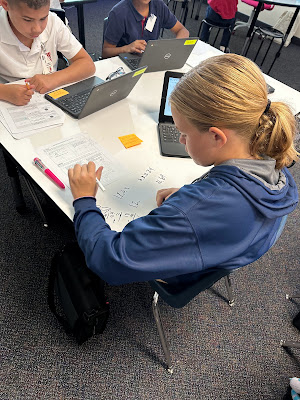Inclusion is essential for special education (SPED) because it promotes the social and academic development of students with disabilities, fosters a sense of belonging, and prepares them for life outside of school. It aligns with legal and ethical imperatives, is often cost-effective, and encourages teacher development. Inclusive education also positively impacts school culture, reduces stigma, and advocates for equity and civil rights, ensuring all students have equal opportunities and contribute to a more inclusive society.
Effective inclusion in a special education classroom involves creating a supportive environment where students with disabilities are fully integrated into the general education setting. It entails individualized education plans (IEPs), differentiated instruction, and universal design for learning (UDL) to meet diverse needs. Collaboration among educators, positive behavior support, and peer interactions are crucial. Accessible facilities, ongoing professional development, and family involvement are vital components. Regular assessment, flexibility, and a culture of respect for diversity contribute to successful inclusion, ensuring that all students have the opportunity to thrive.
One of the hallmark accommodations of inclusive classrooms is more adults, whether a certified special education teacher, a teaching assistant (TA), or both. Having more people in the room can be instrumental to student growth when effective co-teaching and personalized practices are in place, especially modified rotational models. The key considerations are for the adults to use available data and evidence to meet the needs of all learners, with a particular focus on those who are classified.
During a recent coaching visit as part of ongoing work with Quest Academy Junior High School, I witnessed a co-taught experience that was implemented exceptionally well. The 6th-grade math teacher was seen at a large table, where she used adaptive tool data to pull a group of learners for targeted instruction. While she actively taught, the rest of the class was seen working at their own pace, either independently or in small groups. Students were not just completing low-level tasks as part of busy work. They were actively engaged in an adaptive learning program where they followed their own path based on ability. It was awesome to watch them access short instructional videos as needed, solve problems on dry-erase desks, and collaborate with each other when needed.
While this was impressive in itself, I was intrigued by the actions of the TA. She was seen accessing evidence on her iPad for individual learners based on their IEP. As she reviewed submitted work, students were identified that were either stuck or needed targeted support. Had it not been for principal Nicki Slaugh informing me that she was the TA, I would have just assumed she was a special education teacher. It was refreshing to see how Nicki had reinforced aspects from a presentation I did last year on effective co-teaching and inclusion that resulted in changes to practice. Change typically only occurs with effective leadership.
The marriage of co-teaching and personalization benefits learners who need the most support from the adults in the classroom while allowing those who are already at standard to move ahead at their own pace. Learning needs can be met more effectively when aligned with Response to Intervention (RTI) and modified rotational models.
Regardless of the grade level, it is crucial to understand what constitutes real inclusion through pedagogically sound co-teaching models. Please check out the image below and this website for more information.





No comments:
Post a Comment